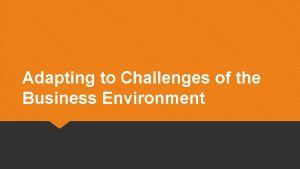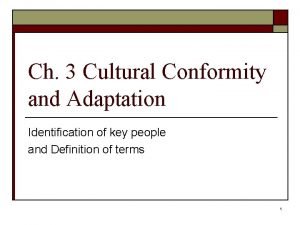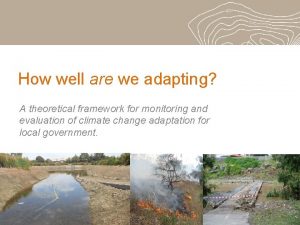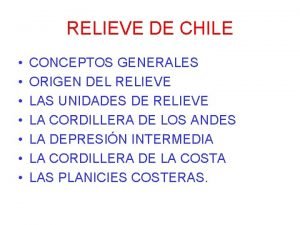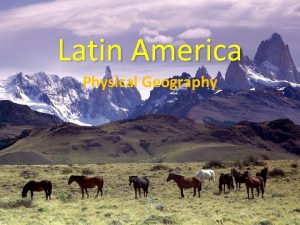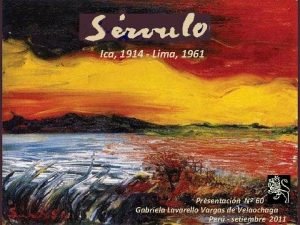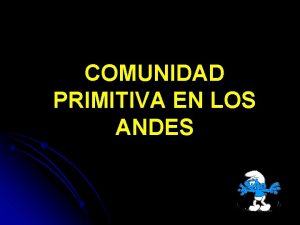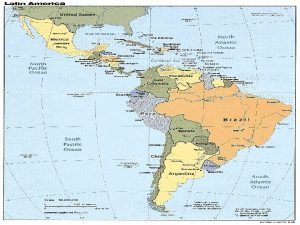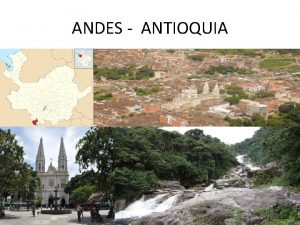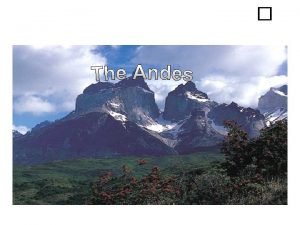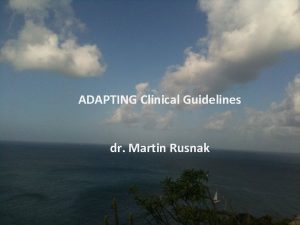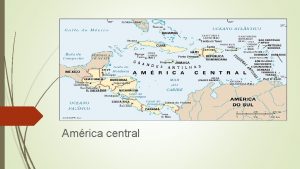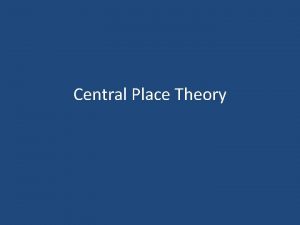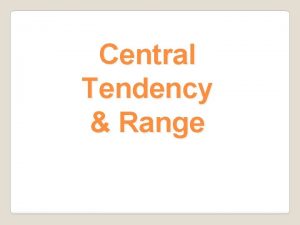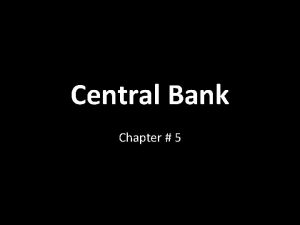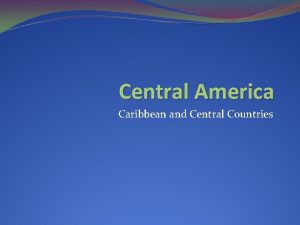Life in the Central Andes Adapting to a















- Slides: 15

Life in the Central Andes Adapting to a Mountainous Region

• List or draw six things you typically do every day. • You might include daily routines, such as riding the bus to school. • Or you might include activities, like going to soccer practice.

• List or draw three details about the physical geography of this location. • How might your routines and activities change if you lived here? • Why might they change? • How do you think the physical geography of this location influences the routines and activities of the people who live here?


Definitions Altitudinal zonation – the division of land into zones based on elevation Snow line – lowest elevation on mountains where snow remains year-round Terracing – creation of flat areas on mountain slopes for the purpose of farming Vertical trade – trading of crops between highland lowland areas

– Read the section of Chapter 13 that corresponds with your assigned elevation zone. • Record the Elevation range. • Record at least 2 other physical characteristics of that zone. • Record at least 2 human adaptations

GROUPS AND PAGE NUMBERS 13. 6 p. 198 13. 5 p. 196 13. 4 p. 195 13. 3 p. 194 Group 3 Group 2 Group 1

Life in the Central Andes • Part 1 – Read the section of Chapter 13 that corresponds with your assigned elevation zone. • Record the Elevation range. • Record at least 2 other physical characteristics of that zone.

Life in the Central Andes • Part 2 – Find the 3 graphics that show human adaptations in each elevation zone. • Write the letter next to the correct elevation • Write a brief explanation of how or why it has been adapted to that elevation.

Tierra Helada • 13. 6 12, 000 -15, 000 • Extreme environment; cold windy climate; often freezes at night; snow falls at the highest elevations; snow line lies at the upper edge of this zone; trees are rare; the most common plant life are low-lying shrubs and hardy grass

Tierra Fria • 6, 000 -12, 000 • Average temps vary from 55 -65; night temperatures dip below freezing at higher elevations; steep, rugged mountains, flat basins and plateaus lie between the mountains; ah igh plateau, the Altiplano, lies between Peru and Bolivia and contains Lake Titicaca; pines and other conifers grow where is enough rain; only shrubs and grasses grow in dry areas

Tierra Templada • 3, 000 -6, 000 • Climate is temperate; temperature range from 65 -75; frost is rare; pleasant weather lasts all year; palms, bamboo, and jungle vines are common at lower elevations; broadleaf evergreen forest is typical at higher elevations

Tierra Caliente • 0 -3, 000 • Climate is generally hot and humid; average temps range from 75 -80; broadleaf evergreen forests cover the eastern slopes of the Andes; natural vegetation on the western slopes ranges from lush rainforest to tropical grassland; Peru’s coast gets little rainfall and is a desert


 How well are we adapting
How well are we adapting How to adapt marketing to the new economy
How to adapt marketing to the new economy Differentiate adopting materials and adapting materials
Differentiate adopting materials and adapting materials Adapting the message to your audience.’
Adapting the message to your audience.’ Adapting to challenges of the micro environment
Adapting to challenges of the micro environment Adapting the price
Adapting the price The process of adapting borrowed cultural traits.
The process of adapting borrowed cultural traits. Adapting the price
Adapting the price Adapting to your audience
Adapting to your audience How well are we adapting
How well are we adapting Adapting curriculum to bridge equity gaps
Adapting curriculum to bridge equity gaps Relieve sur de chile
Relieve sur de chile Where is the equator in south america
Where is the equator in south america Servulo gutierrez los andes
Servulo gutierrez los andes Comunidad primitiva en los andes
Comunidad primitiva en los andes Scrat's continental crack-up
Scrat's continental crack-up




